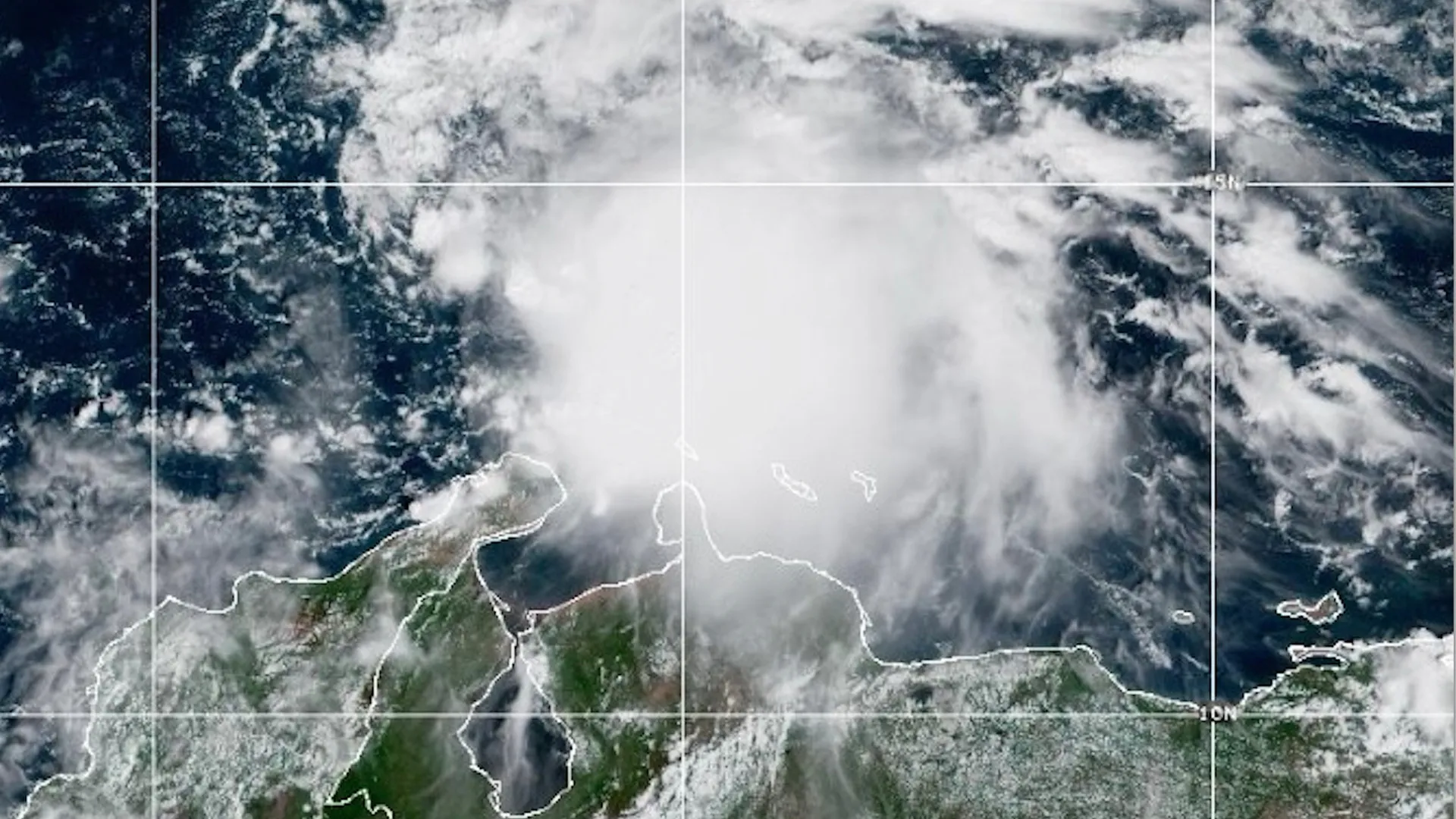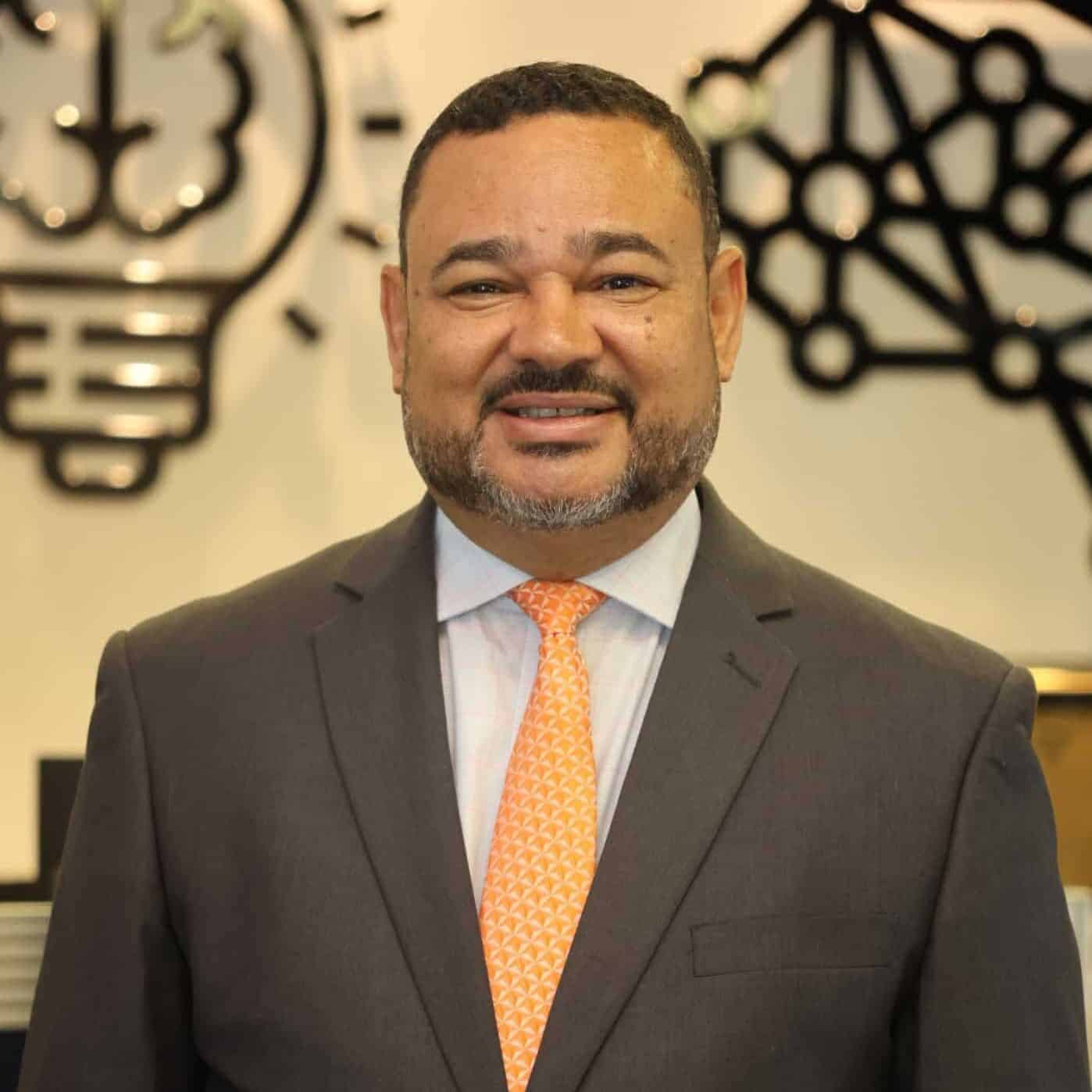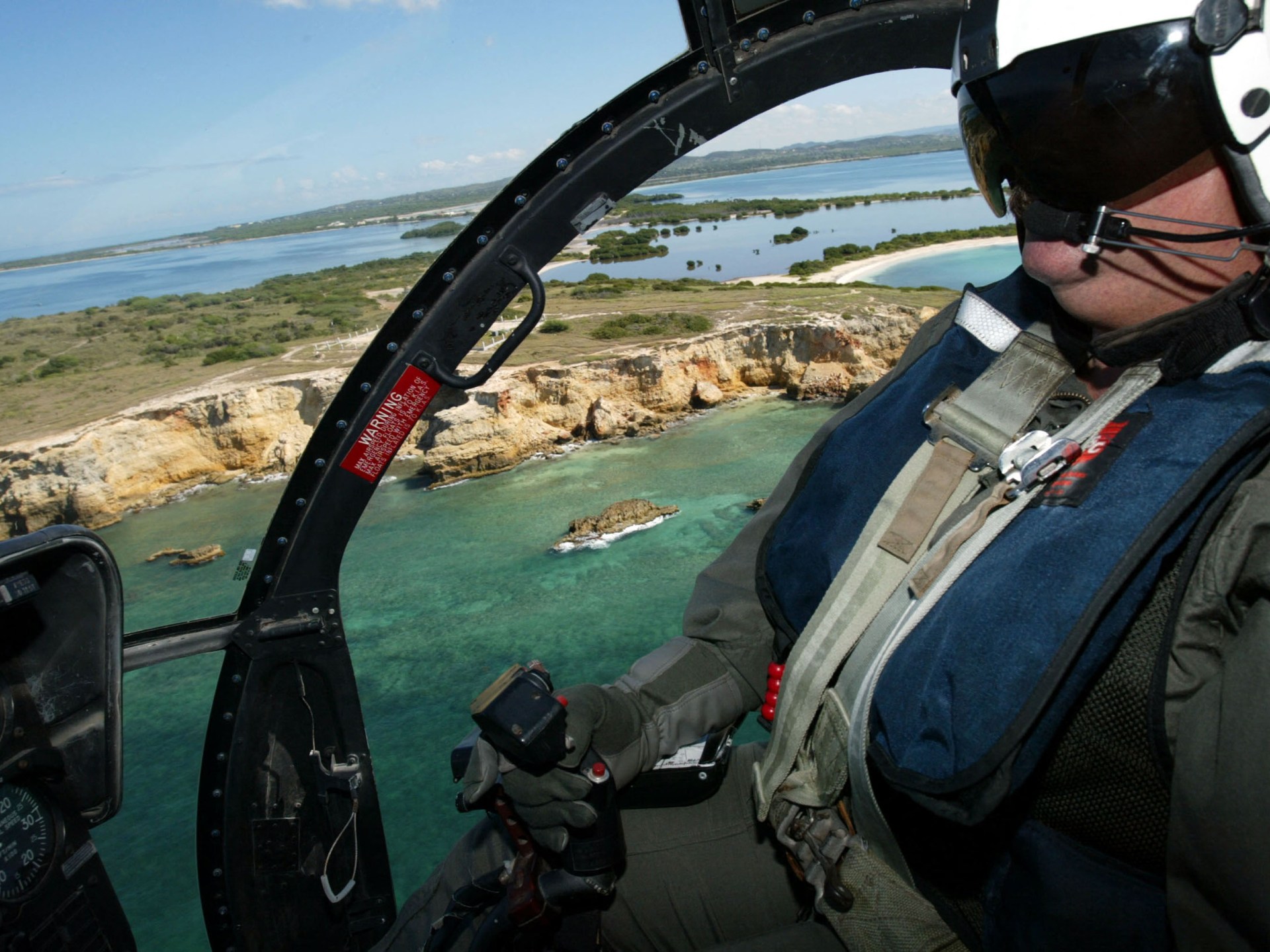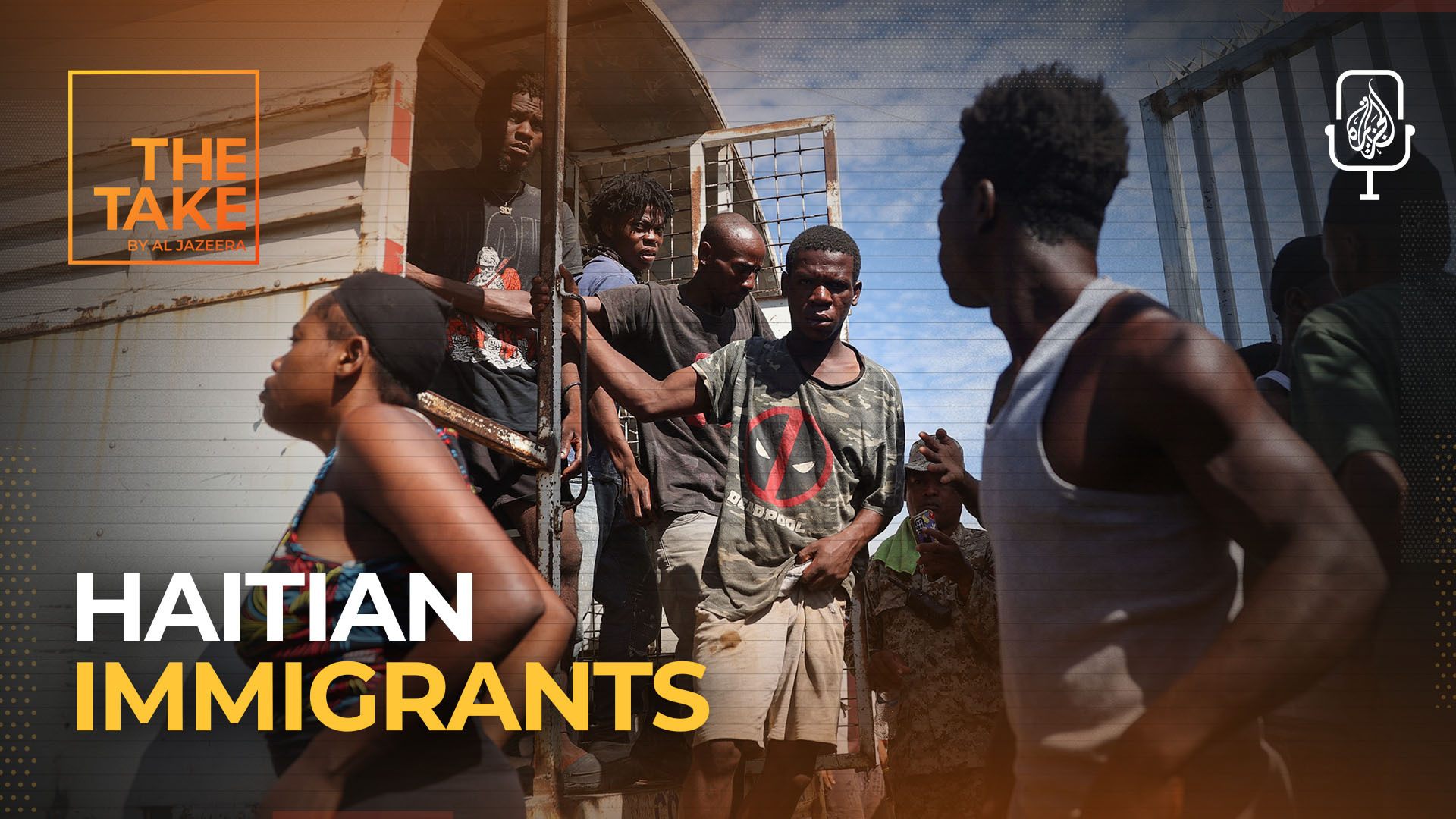If you’re thinking about a holiday for next summer, the travel experts at Club Med are currently running a limited-time sale on all-inclusive breaks.
As the weather begins to turn cold, many Brits will be daydreaming about their next summer getaway. Even though 2026 is still a few months away, travel gurus at Club Med have already unveiled some limited-time luxury holiday bargains.
From 14th to 17th October 2025, the Club Med Summer Sale gives holidaymakers the opportunity to bag premium all-inclusive holidays at swanky resorts and destinations. Ideal for early birds keen to pencil in next year’s holiday, the booking period covers stays from 30th May to 27th November 2026.
The seasonal offer includes up to 20% off premium rooms, including deluxe rooms, suites, and villas, and up to 15% off standard superior rooms, with minimum stays of three nights (five nights during the October half-term) and maximum stays of 28 nights. Little ones under six stay for free, and bookings can be secured with a low deposit starting at £150 per person.
Holidaymakers can escape the winter gloom with a vibrant trip to Marrakech in January. Swap grey skies for golden sunsets, bustling souks and the intoxicating scent of spices wafting through the air.
With agreeable daytime temperatures and fewer crowds, the winter months are a fantastic time to explore the Moroccan city. As part of its Dream Deals promotion, Club Med is offering a five-night stay from £1,001 per person, reported the Manchester Evening News.
Save up to 20% at Club Med resorts

Club Med is offering money off Dream Deals, Skiing holidays, winter sun and summer holidays for 2025-26
Marrakech is the ideal destination to kick off the new year feeling refreshed and revitalised. The all-inclusive deal features a lavish stay at the Marrakech La Palmeraie, an Exclusive Collection Space boasting elegant suites with enduring appeal, nestled within verdant gardens and encircled by the splendour of Moroccan artistry.
There’s also a Family Oasis providing spacious accommodation crafted for unforgettable holidays with little ones, delivering a vital fusion of contemporary comfort and heritage.
Kids under six journey at no cost on selected breaks and room enhancements are on offer for an extra fee. Holidaymakers who have already experienced the Moroccan magic of Club Med have awarded it a 4.5 out of five-star rating on TripAdvisor.
One visitor shared their experience and highlights. They said: “Little paradise in Riad. High-quality Service, perfect and delicious catering before resting in comfortable suites.”
Another commented: “Club Med Marrakech is always a perfect place. The setting is beautiful: the gardens are very well-maintained, and the common areas are very clean. The food is excellent and the bar team is always on top.”
A third simply branded it: “A magnificent site with an exceptional team.” However, one holidaymaker who wasn’t entirely convinced noted that they were unhappy with a transfer delay.
They said: “We waited for almost two hours for the transfer to the club and then more than an hour for our pick-up, because it had not been prepared.” For those looking to bask in some winter sun, Club Med Dream Deals are offering exotic getaways to Phuket, Bali and Cancun.
Ski enthusiasts can bag a 15% discount on holidays in Grand Massif and Serre-Chevalier in France, as well as Italy’s Piedmont region. Club Med is also dishing out hefty discounts for summer 2026 holidays, including lavish breaks at its brand-new South African resort.
Set to open its doors on 4 July 2026, the resort offers a beachside retreat coupled with a safari adventure, featuring Club Med’s first-ever surf school. Situated in KwaZulu-Natal, five minutes from Durban.
The resort provides direct beach access and the opportunity to extend your stay with a one to three-night safari experience at Mpilo Lodge. Here, guests can embark on two daily game drives and spot the Big Five in their natural surroundings.
A hit with UK families, the revamped Punta Cana Resort in the Dominican Republic now offers even more. Perfect for summer holidays, it now boasts Club Med’s largest water park with over 20 slides and splash zones, plus a luxurious spa.
Holidaymakers also have the option to upgrade to a premium all-inclusive experience, which includes gourmet dining, drinks, sports and activities. Kids Clubs for children aged four and above are included, although there is an additional cost for under-fours.
The Club Med property in Punta Cana boasts an impressive 4.4-star rating on TripAdvisor. One guest remarked: “It was way better than my expectations. Definitely recommend this resort to every family with kids. I took golf and tennis lessons there with my wife, and the instructor knew what they’re doing.”
One holidaymaker shared their glowing review: “I had an amazing experience during my stay at Club Med Punta Cana. The resort itself is beautiful – the beach, the activities, and the atmosphere make it a perfect spot to relax and enjoy. The staff truly go above and beyond to make you feel welcome.”
However, not every piece of feedback was completely glowing. A visitor highlighted some disadvantages: “There is a ton of seaweed on the beach these days, which is a bummer, and the music is a bit too loud for my taste, but I am told this will change once the renovations are completed this Fall. However, overall, the value of what is included (everything) and the quality of service can not be beat.”
Autumn is consistently a favoured time of year for planning ahead. Should Club Med getaways not quite fit the bill, Jet2 is providing up to £240 off summer holidays for 2026, featuring premium resorts as part of the Indulgent Escapes collection and complimentary child places.
For travellers watching their pennies, On The Beach has recently launched its 2026 summer holiday offers. There are numerous bargains to be discovered, but a seven-night break in Spain departing from Manchester in June starts from £240 per person.
Club Med is offering a pre-registration for Summer 2026 bookings until 10 October 2025 via their pre-booking page. The main sales period will run from 14 to 17 October, with offers available on the Summer Holiday Deals page.









